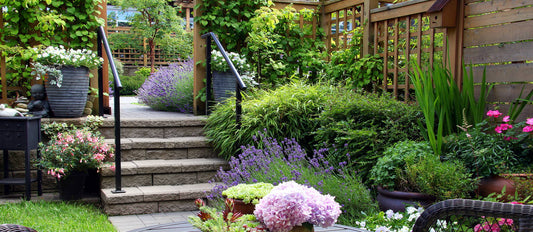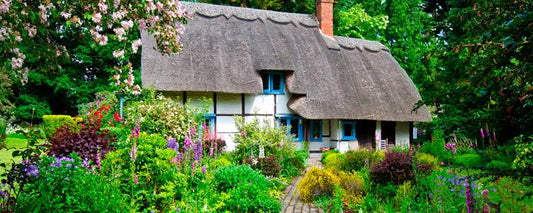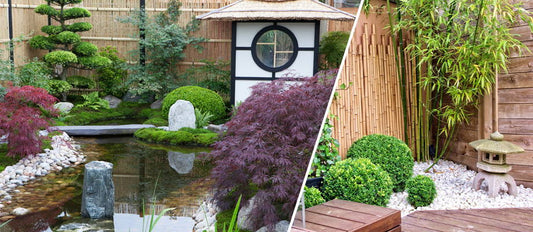Greenery makes the Easter dinner table even more welcoming. Some opt for a flower bouquet, while others prefer an indoor plant as a centrepiece. The best thing, of course, is to get creative with plants from your own garden.
Easter tree
Did you know that the Easter tree represents the beginning of Holy Week? It signifies the start of the week leading up to Easter. This Easter tree also looks very cheerful on the dinner table. You can make an Easter tree by cutting some willow or corkscrew hazelnut branches from the garden. If you don't have these trees in your garden, you can also use other branches, such as from a beech tree. Arrange these light brown branches in a glass vase on the table. Then comes the best part: decorating! You can hang Easter eggs, butterflies, little Easter chicks or flowers on the branches to create a bright and cheerful tree. Easter week will be off to a great start!
Stuffed eggs
Do you have an egg with your Easter lunch? These Easter eggs are not just for lunch — our filled eggs are made from plastic eggs and colourful flowers from the garden. Cut a hole in the egg and put a few flowers in the hole. Pansies, blue grape hyacinths and daisies all make for suitable flowers. It's best to use small flowers so you can still see the egg. Or how about a cute little succulent? Complete the look with a cheerful ribbon. Place one on each plate to make your table look even more welcoming this Easter.
Bouquet of cut flowers
What is Easter without cheerful flowers? Bring springtime to the table with a bouquet of flowers from your own garden. Combine the most vividly coloured flowers with peaceful shades of green. From full purple alliums to bright daffodils and from sunny echinaceas to tranquil lavender. Anything goes! Stunning when combined with pampas grass or ornamental branches from the garden. Arrange everything together in a beautiful vase — this bouquet certainly deserves a place in the centre of the table.
Kokedama
The trendiest hanging plant this Easter is the kokedama. To make one, all you need is a potted plant. Potted flower bulbs, for example, are ideal for turning into a kokedama. Other plants also work just as well, provided they are not too heavy. Remove the plants or bulbs with the whole root ball from the pot, wet the soil of the root ball and make it into a ball shape. Roll the ball-shaped root ball in a piece of moss and tie it up with a piece of wire. To turn it into a hanging plant, wrap the ball in string or nylon wire and suspend it from the ceiling, above the kitchen table or in a cupboard.




